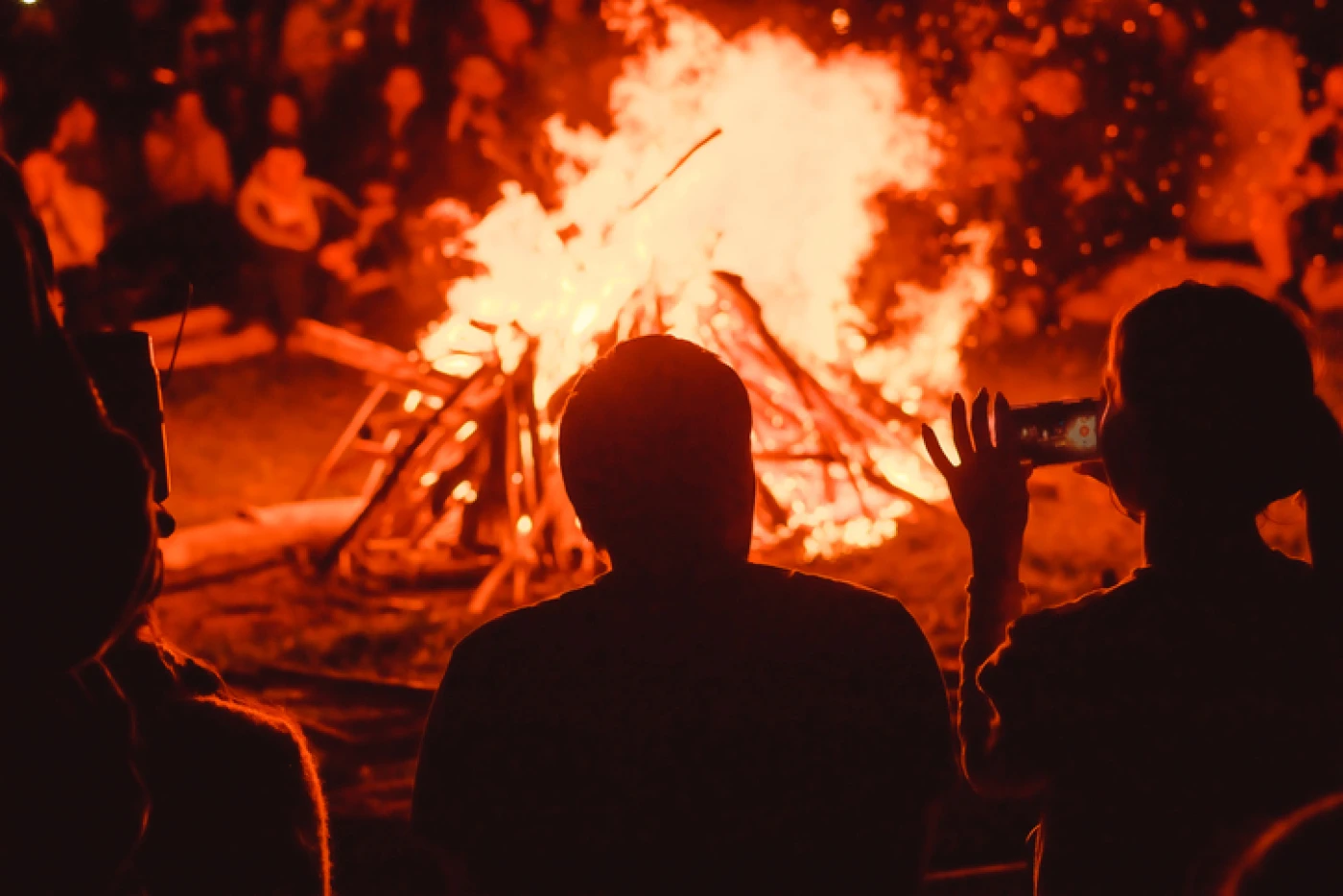Since the dawn of time... well, we don't have nearly enough time to tell every story since then, but storytelling has been an integral part of human communication since our very beginning. From visual stories like cave drawings and spoken tales of adventure, to written words printed on stacks of paper and typed up digitally on PCs globally, no one can deny that we humans are obsessed with telling our story, their story, your story — any story.
Cavemen and Hieroglyphics
As far as we know, the origins of storytelling began with detailed drawings on the walls of caves. It is estimated that one cave in particular — the Chauvet cave in France — has drawings on the walls that date back 30,000 years. These weren’t just your average doodles, mind you. These detailed drawings were clearly used as a visual representation for telling stories that all could understand and appreciate and could be considered the universal language at that time.
Another well-known form of visual communication dates back 5000 years to ancient Egypt. Hieroglyphics are considered a form of storytelling that used pictographic characters as symbols and sounds and is recognized as one of the earliest writing systems in the world.
Oral Storytelling
Not all storytelling began with drawings or visual communication, however. For many cultures, spoken word, songs, and chants have been the foundation for passing on stories from generation to generation. Most notably in North America, the Cherokee tribe continues to pass on and recount myths and stories of their elders. Naturally, some of these stories become skewed, but the basis remains the same, and the ritual of traditional storytelling continues to bring groups together for socializing and sharing.
Written Words
It’s no secret that the current alphabets we have today were derived from older forms of writing, such as the Phoenician alphabet. There is evidence to suggest that writing began as drawings and gradually evolved into script form. Patterns of written symbols that began to manifest as language date back to 9000 years ago.
The transition between oral and visual communication to written language overlapped in areas but has been predominantly investigated in Greece. Some of the earliest inscriptions found to date are from 770 to 750 B.C.
The Influence of Technology & Media
In the 15th century, Johannes Gutenberg messed around with a wine press and introduced to the world a wonderful piece of technology that would forever change the way we consumed information. From a wine press, he developed the printing press, which enabled society to pass on news and information at a speed the world had never seen. With the printing press, newspapers were the main source of stories and information for cultures all around the world – until the digital era.
Since the beginning of the 1800s, wave after wave of new technology has affected the way we all consume stories. From the creation of cameras, motion pictures, and telephones, to TV, digital media, and mobile media, the process of how stories are told has changed dramatically in the past centuries. The most impactful change must be that of social media, where millions of stories are available to us at a thumb swipe every second of the day.
Onus IV and Storytelling
Storytelling is an important and integral part of our society, and that is reflected in the countless number of stories we hear from our clients at Onus IV. We want to take the time to share some of their remarkable stories with you. To do this, we introduce our Campfire Series, and we hope you’ll enjoy learning about people as much as we do!
If you want to tell us your story during your next IV therapy drip, then contact OnusIV or visit one of our locations to make an appointment.
